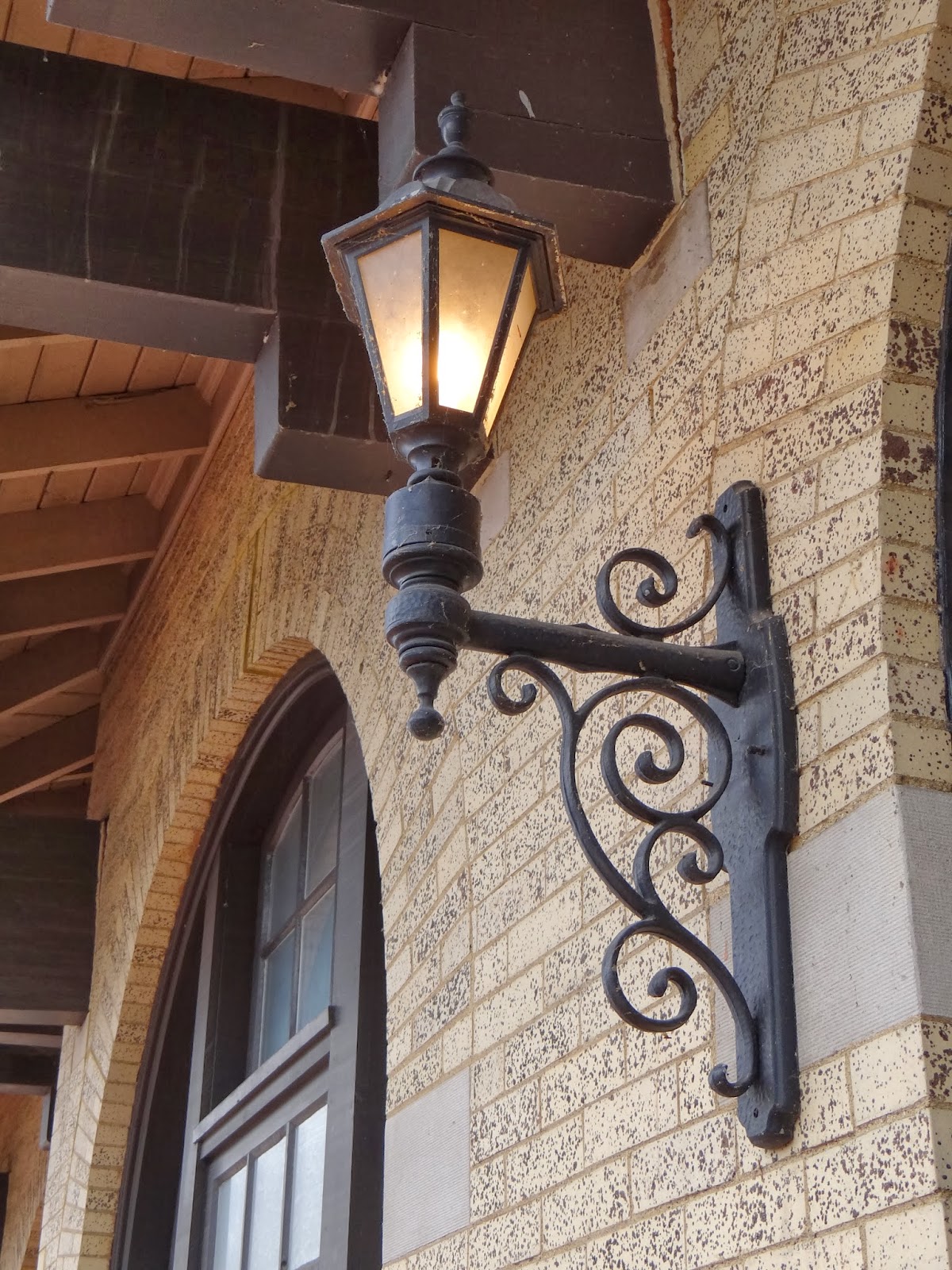In 2013, Jimmy and I finally were able to go take pictures of the Covered Bridge where William Anglin's old homestead and river ford were. Son of Adrian Anglin, who was possibly our earliest American predecessor in the Anglin line, William was definitely our most frontier minded, who passed the desire to find and own frontier land on to his sons. Below are the pictures we took there, and a link to the blogs that tell the story.
Bishop Asbury's Journal/ a night at Anglin's Inn
The Covered Bridge at Anglin's Ford
.JPG) |
| Philippi across the Tygart River |
 |
| From the road below, on the side opposite town. |
 |
| The West Bank |
 |
The East Bank, with the museum behind. This is the side of the River on which Philippi (Anglin's Ford) was built.
|
 |
It spans the river sitting atop several of these stone pilings.
|
 |
| There is a walkway that runs from shore to shore as well. In this picture you can see one the end of one of the massive arches that keep the structure sound. |
 |
Two lanes of traffic pass through here all day long everyday. You can sense the size by the car in the left side.
You can sense the length by the smallness of the opening at the other end. |
 |
| There is no walk on the North side, but this view shows the mountain behind the town. |
 |
| Both arches are clearly visible here, and one of them shows nicely in the photo below. |
 |
This sign shows the level of the highest 100 year flood level. Although it appears to only come slightly
into the area where cars cross, from this view, it is actually several feet up into the inside of the bridge above the lanes. |
 |
| This view is the prettiest because it eliminates the modern stuff, like cars and signs. Makes you think of days long ago when horses and carriages may have crossed through it. I wish to remind viewers, that in spite of its age, this bridge was not around when our ancestor, William Anglin, was making his livelihood here and the town was known as Anglin's Ford. William helped people cross the river with a raft and cane poles, most likely. Or possibly in a flat boat with oars and poles. |
 |
On this corner of the court house lawn is a sign which clearly states that the town was once known as Anglin's Ford.
Below are closer images, so you may read the sign. Again, this building came about after our ancestor no longer lived here. The ferry and town became known as Booth's Ferry for a long time before it was Philippi, of Barbour Co. W VA. In fact, our ancestor was recorded as having died in Harrison Co. W VA, which later became a part of Barbour Co. W VA. |
 |
| I read in one historical book, that the Inn belonging to William Anglin stood somewhere near where this little church now stands. Just a little past the Rivers banks and about a block up from the museum which flanks the river, along the railroad tracks. |
 |
From the Philippi side of the river, while we were parked in the Museum lot.
You can see the railroad tracks, running along the river. |
 |
The museum was not open the day we were there. I was sad to not see
what info might have been gleaned from inside. |
.JPG) |
| Looking across the river at Philippi, with the courthouse steeple on the left. |
.JPG) |
| Jimmy and I felt these trees and a number of others along the banks of the river, were possibly large enough to have been there is William Anglin's day. They were huge! |
.JPG) |
Looking South from the hill on the North West side. The town is nestled
in the valley located in the distance on the top right area of the picture.
I believe the top of the bridge is barely visible. |
.JPG) |
History of the bridge itself.
|
.JPG) |
Morning mists sheltered the town.
|
.JPG) |
Looking South from the bridge's West bank. The land across the river would have been William's homestead/grantland.
|
.JPG) |
The Museum is the rust colored building on the left, and the church where the Inn supposedly stood is on the right.
|
.JPG)










.JPG)
.JPG)
.JPG)
.JPG)
.JPG)
.JPG)
.JPG)

















.JPG)
.JPG)
.JPG)
.JPG)
.JPG)
.JPG)
.JPG)
.JPG)
.JPG)
Oh my! I had not seen this page before Cynthia. It's so wonderfully done and filled with such good details. I can almost imagine out ancestral grandparents living there. I wonder if they used Durham style boats to ferry folks across the Tygart River.
ReplyDelete